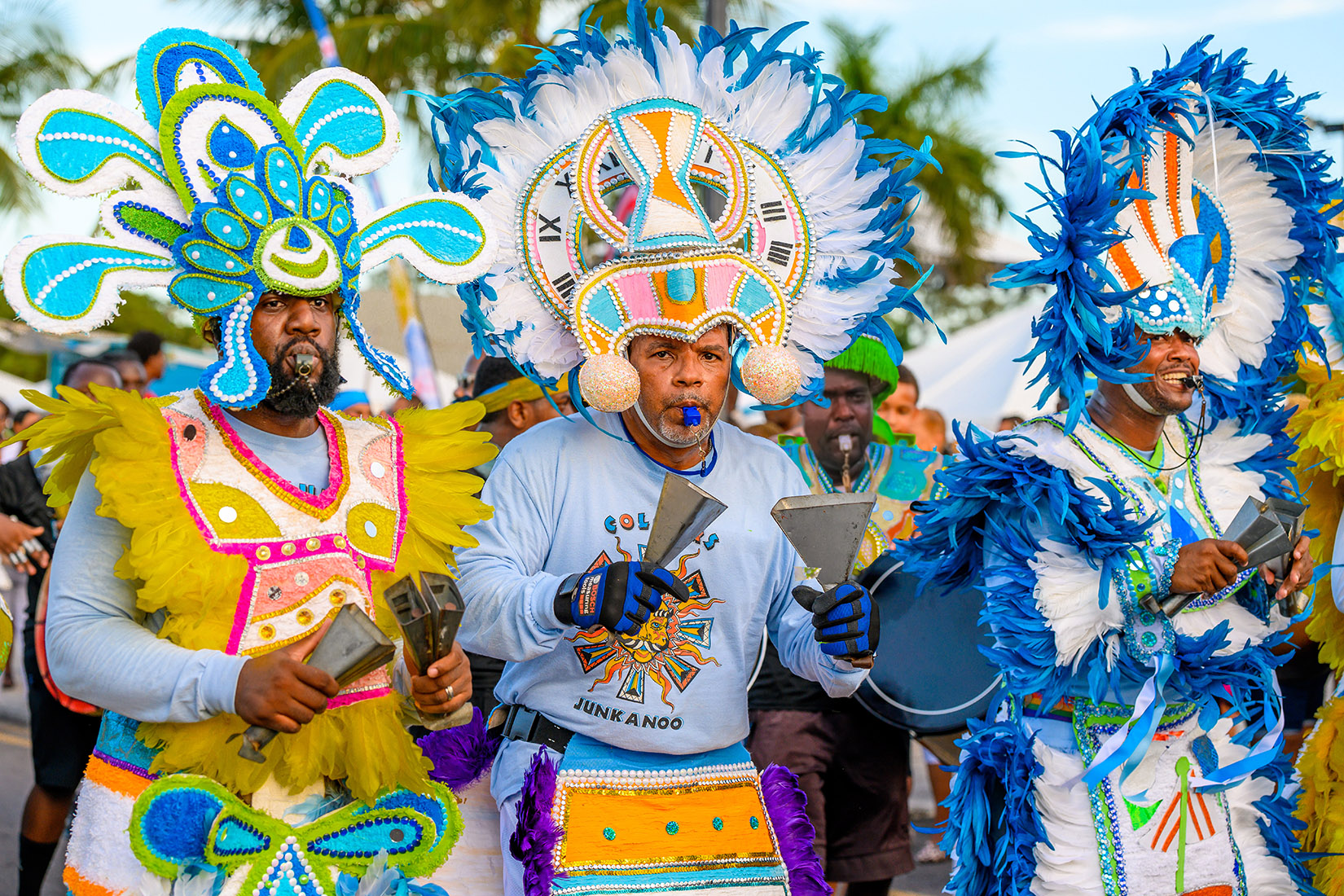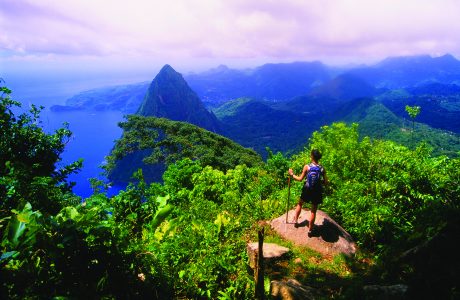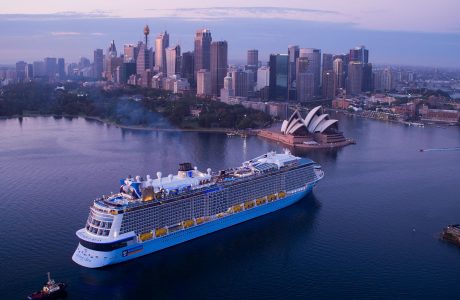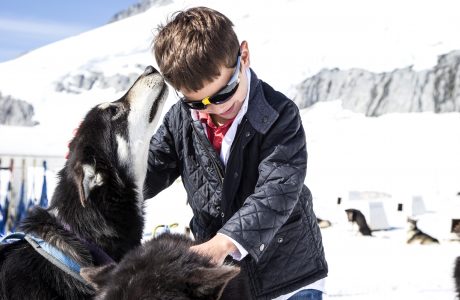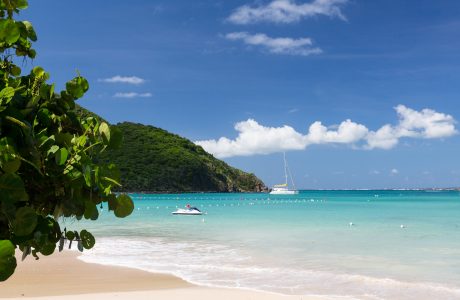When you think of Caribbean music, the image of Bob Marley holding his guitar or Peter Tosh sporting a beret may come to mind. While Jamaica and the godfathers of reggae (The Wailers) surely have made their lasting mark on world music, there’s a rich musical history and culture across the 7,000-plus islands of the Caribbean.
There’s the festive, lively style of junkanoo, which shares its name with the energetic street celebration in The Bahamas, and the Haitian horns and rhythms of compas. Some you may know, others may be new to you. The many musical variations in the region are a perfect example of how rich and varied Caribbean culture remains today, and they each have a story to tell about their place of origin.
Whether you’re looking to bust a move or kick back and chill, check out these quintessential Caribbean music styles—all of which you’ll be able to experience on a cruise with Royal Caribbean.
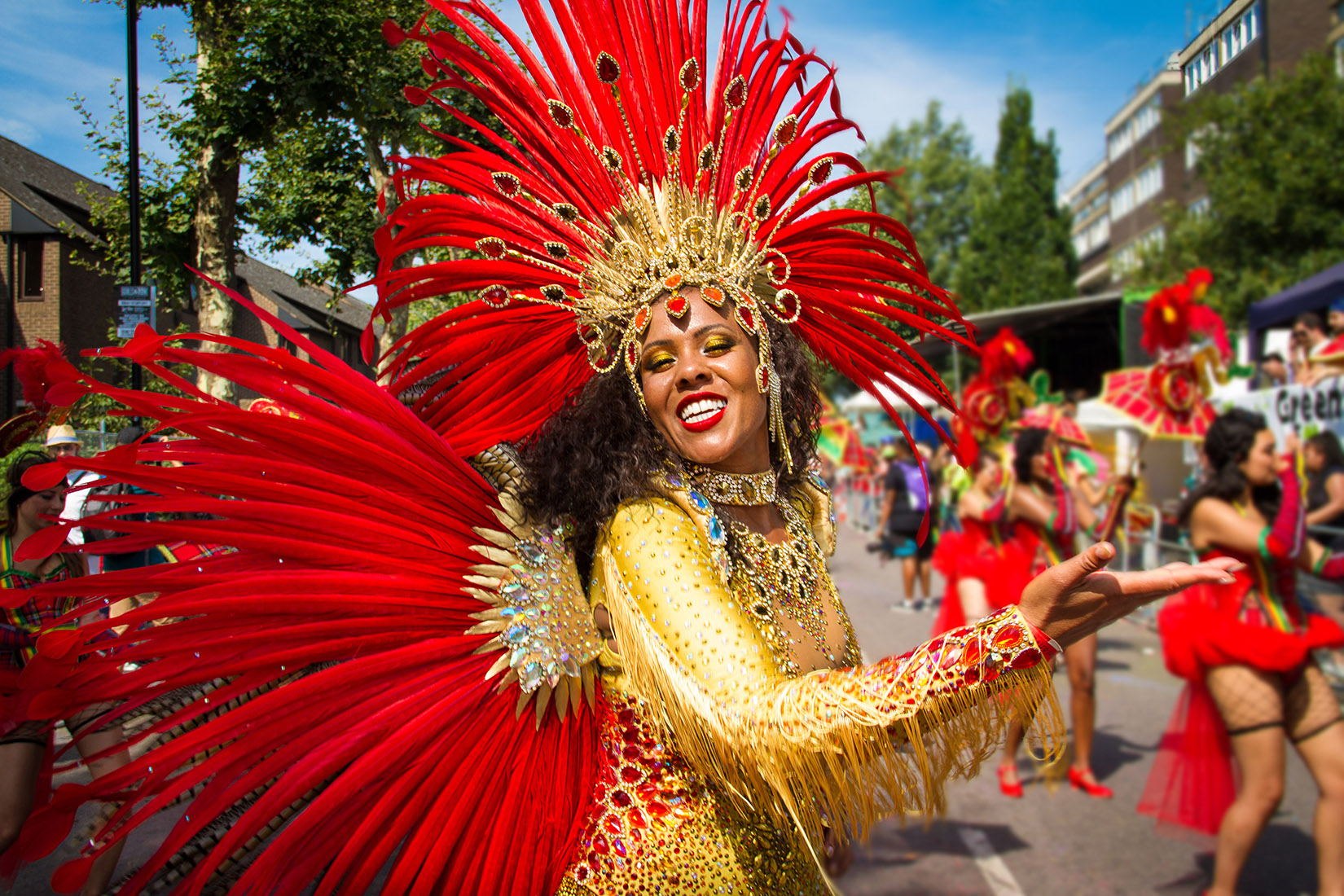
Soca came from calypso music.
Credit: Shutterstock
Soca, Barbados and Various Islands
The name “soca” comes from “the Soul of Calypso” because of the genre’s Trinidadian roots, and it is said to have been developed to recapture the attention of a younger audience. It blends Latin rhythms as well as funk and soul for a livelier, dance-oriented beat than some may be familiar with when they listen to traditional calypso music. It traveled widely across the Caribbean to islands like Grenada, St. Lucia and Antigua, but soca became particularly popular in Barbados. There, local artist Red Plastic Bag came to international acclaim with hits like “Something Happening,” which includes the sounds of steelpans, an instrument often found in the genre.
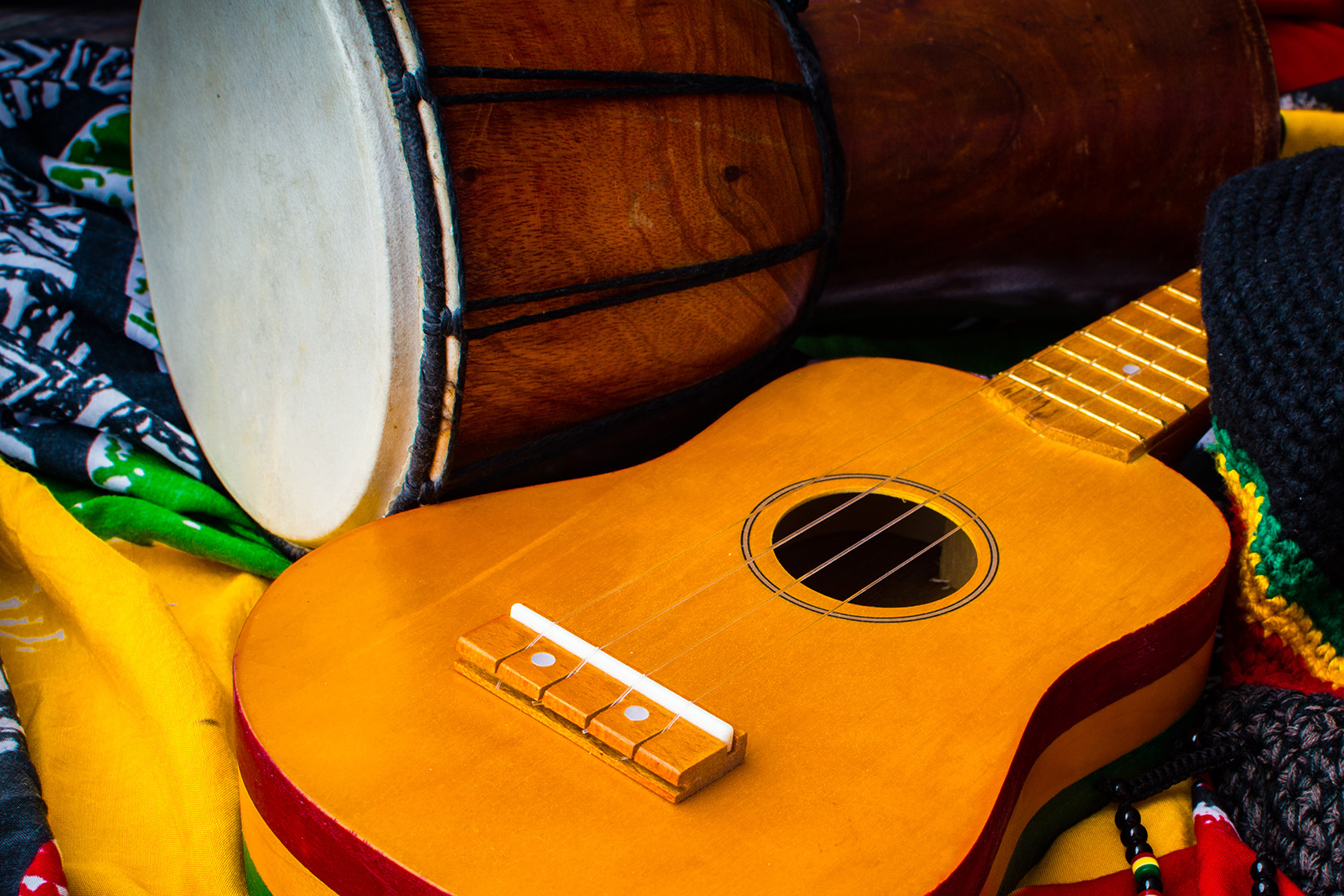
Reggae originated in Jamaica but is loved worldwide.
Credit: Shutterstock
Reggae, Jamaica
Reggae was developed in Jamaica in the late 1960s, and has since gone worldwide—just like Jamaican food. While it is a genre that is sometimes used to refer to most Jamaican music, it’s more specifically about a style that uniquely combines Jamaican folk music, American jazz, R&B and the catchy, familiar guitar upstrokes of the ska and rocksteady genres.
Yes, Bob Marley remains the most popular reggae artist and he spread reggae around the globe, but Toots and the Maytals were other popular founders of the genre. They even helped name it with their 1968 song “Do the Reggae.” Their popular songs such as “Pressure Drop” and “Funky Kingston” are other classics.
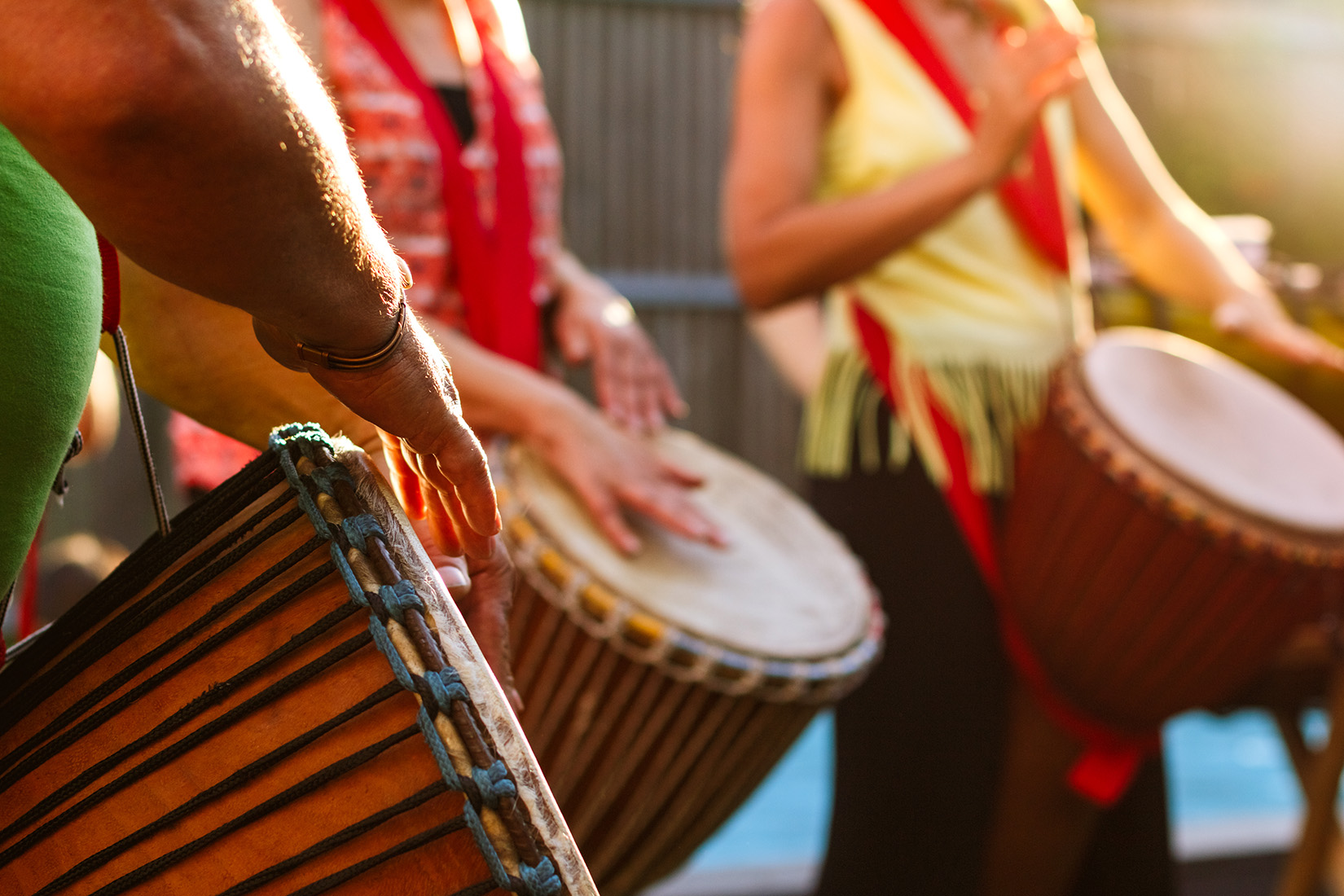
Merengue blends African roots with lively Caribbean musical styles.
Credit: Shutterstock
Merengue, Dominican Republic
An upbeat style of music, merengue came to life in the Dominican Republic, particularly in the city of Santiago. It’s based on a repeating five-beat rhythmic pattern called the quintillo. With its African and Spanish influences, this genre is a new world musical style rooted in tradition. One of the most well-known merengue songs is “La Bilirrubina” by Dominican artist Juan Luis Guerra.
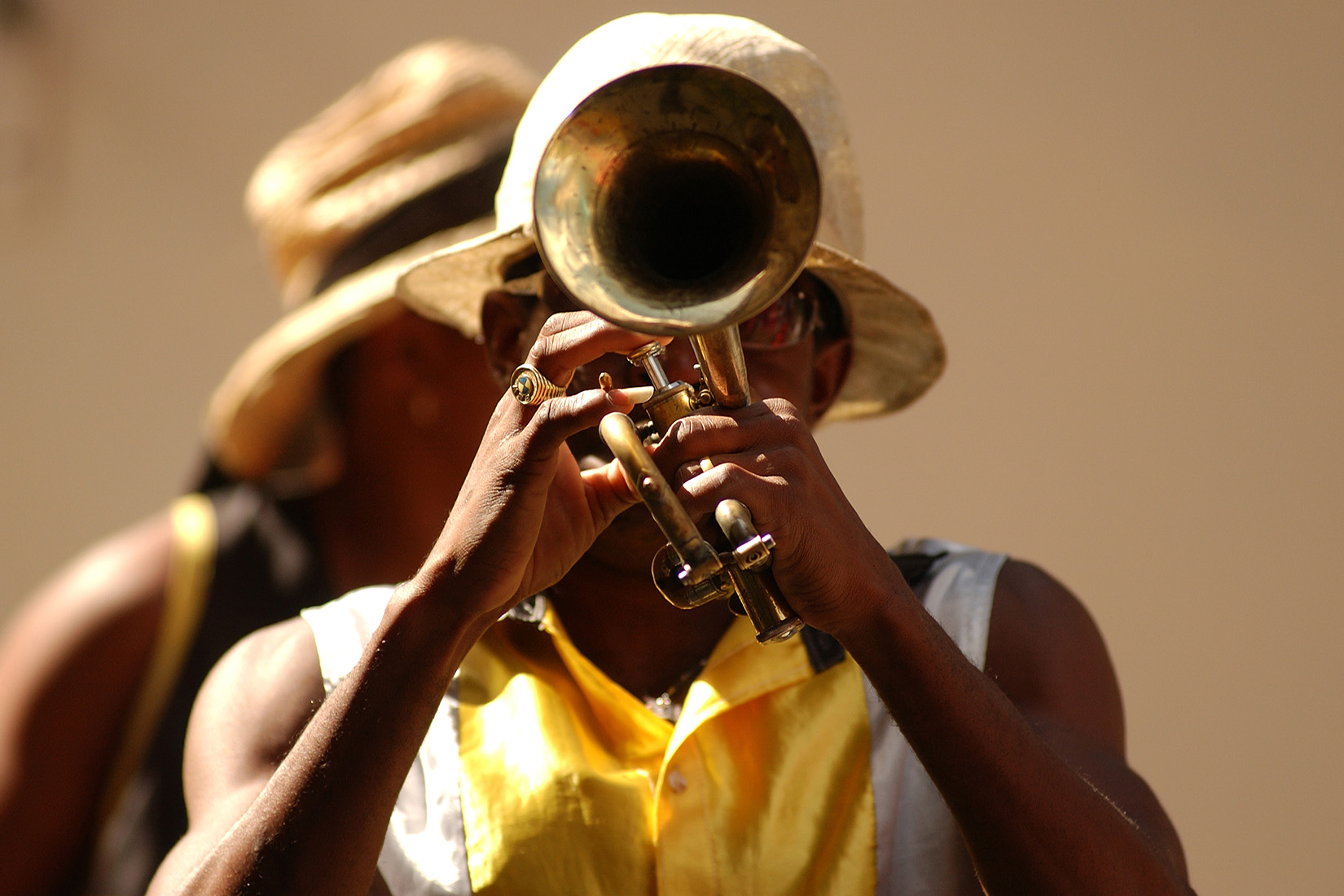
Compas music originated in Haiti and made its way to the Caribbean.
Credit: Shutterstock
Compas, Haiti
Compas or “konpa” in Haitian Creole, often described as “modern merengue,” was popularized around the mid-1950s in Port-au-Prince by composer and sax player Nemours Jean-Baptiste. He founded the group that distinguished the genre, Conjunto Internacional, which even briefly included another famous Haitian saxophonist—Webert Sicot. Webert soon went on to form a new group, and a healthy rivalry developed between the two bands. During this time, Nemours’ music quickly became famous throughout the French Antilles, especially in Martinique and Dominica. One of the genre’s best-known songs today is “Ma Rose” by Alan Cave.
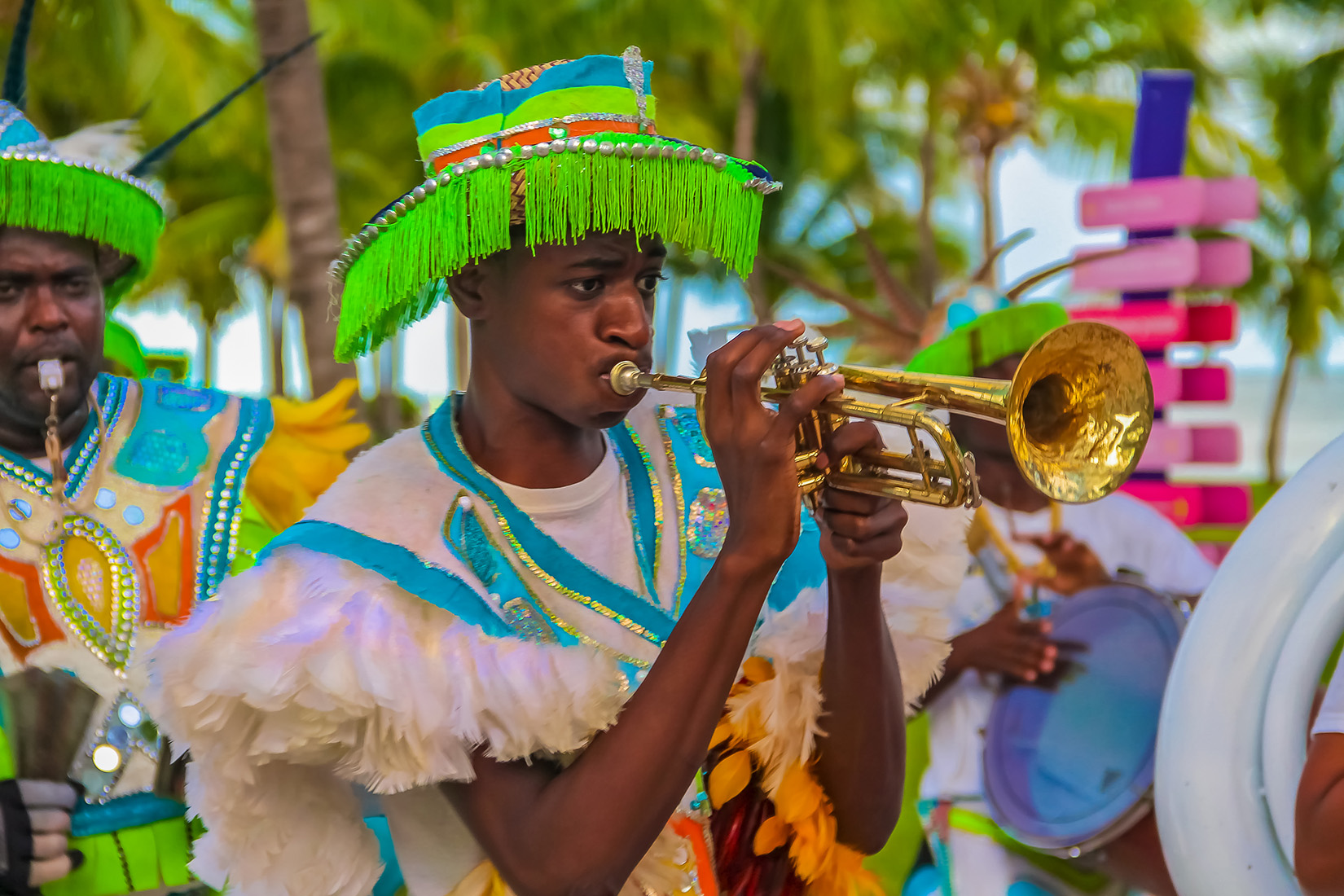
The junkanoo genre is interwoven with the street festival sharing its name.
Credit: Shutterstock
Junkanoo, The Bahamas
Junkanoo is best known as the festival anchored by massive street parades, music and costumes throughout The Bahamas, but it’s also one of the three musical styles indigenous to the 700-plus islands (along with goombay and rake-and-scrape). The percussive rhythms of goatskin drums are joined by horns, cowbells and whistles in this lively music that’s certain to get you up and moving.
With tubas, drums, flutes and elaborate costumes, a peek at a junkanoo parade is the best way to get a taste for this musical style.
If you find yourself tapping your toes already, then head here to see how Royal Caribbean can take you to hear these tunes firsthand.
